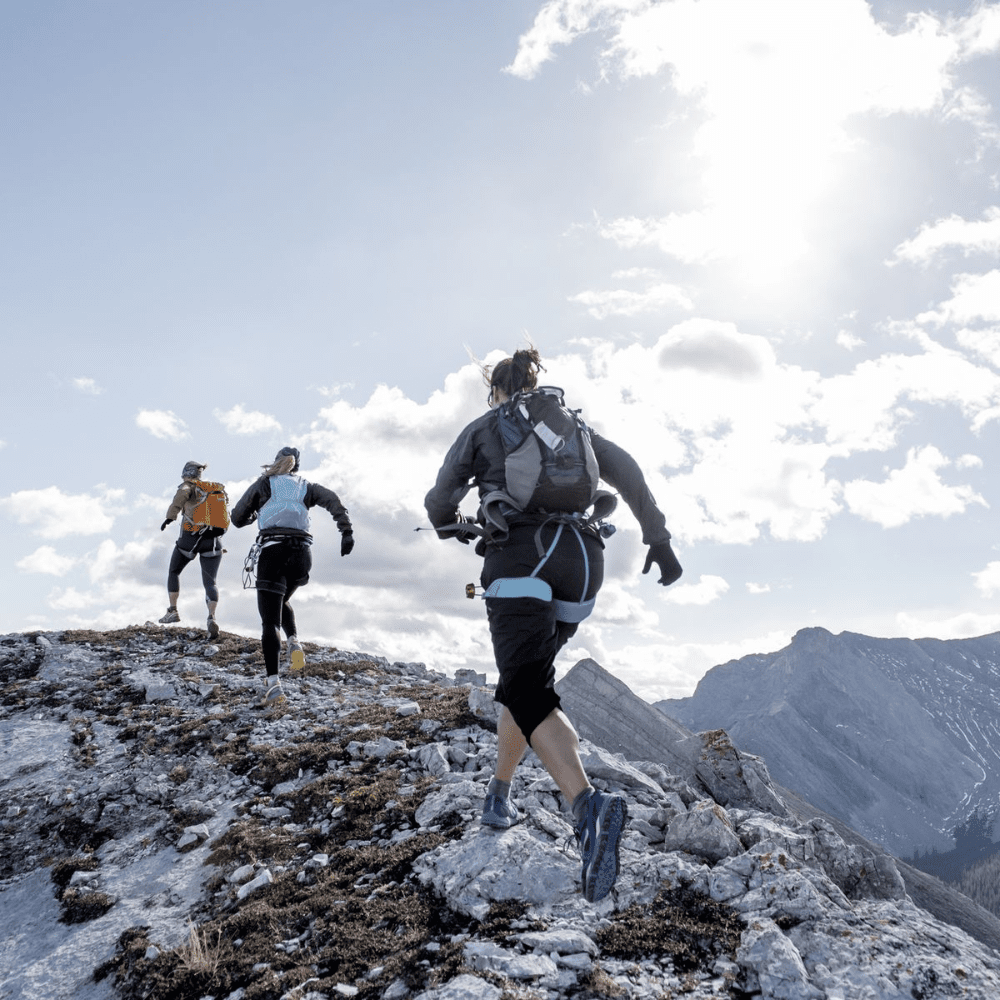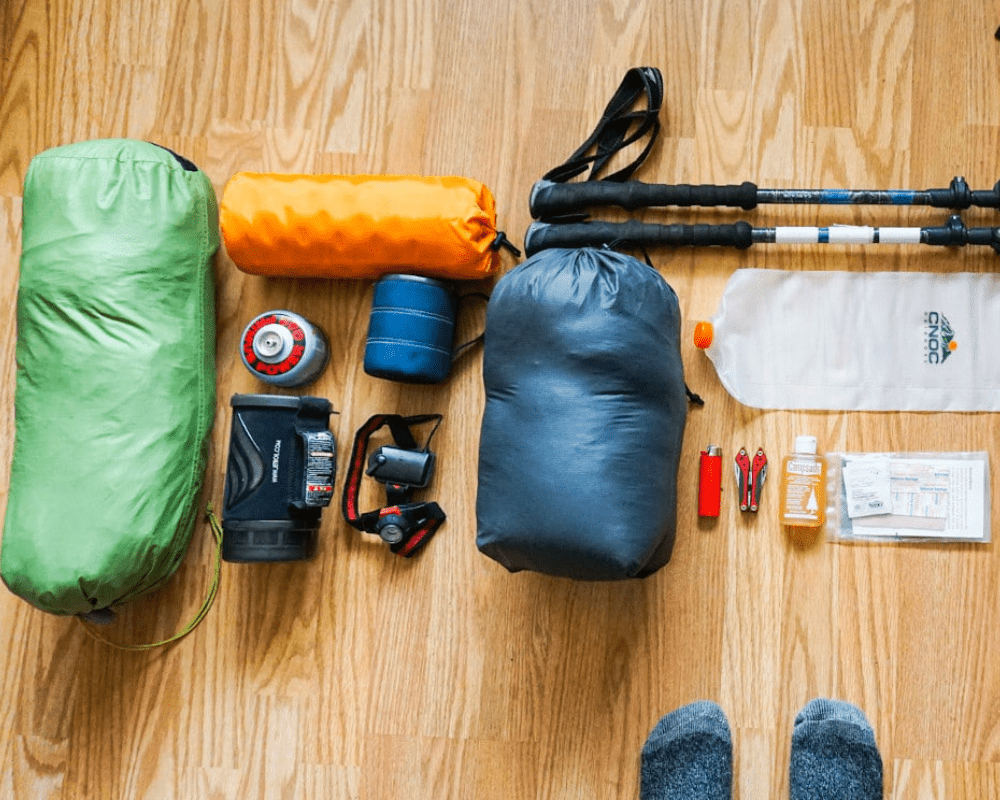
Fastpacking is a method of backpacking that involves packing light and traveling quickly. In general, it’s about getting from point A to point B as fast as possible without sacrificing comfort or safety. It has been around for a long time, but it’s only recently become popular. Essentially, you need to make sure that everything you need is carried in that bag.
Tips to Get Started Fastpacking
Well, planning a fastpacking trip might sound easy but it requires years of your life to prepare your body for it. If you want to experience it, you must keep a few tips at the top of your mind. It is important that you make sure your physical being is ready for fast running and a backpack on your back. Also, it is important that you have clarity about all the gear you want to carry with you. Remember that it is called fastpacking for a reason. Ensure that you have nothing extra that can add to the weight of the backpack. It is also important for you to be realistic about your goals. Setting a pace that your body can’t take would become a misery before you know it. Also, note that the pace you are running while practicing will not be equal to the original journey, as you will be carrying a backpack with a lot of items on your back.
What to Carry While Fastpacking

This is one of the most important things that you should plan before you decide to hit the road. You need to understand that your backpack is going to be the single source of everything you need. At the same time, you also need to remember that this bag is about to hang on your back while you are running between two places so it can be too heavy. Your bag must only have your essentials, which include, water, food, clothing, trekking poles, a foldable tent, and some other ultralight gear.
Plan a Fastpacking Trip Like a Pro

A fastpacking trip usually lasts for a day or two and within this time, you might not be able to explore everything that makes up your list. This is why it is necessary to plan. Start by talking to people who have taken fastpacking trips in the same area as you so that they can suggest the best route as per your preference. Thereafter, pick a route and make sure you check for any permit requirements along the journey, your water source, and access to maps, guidebooks, or websites.